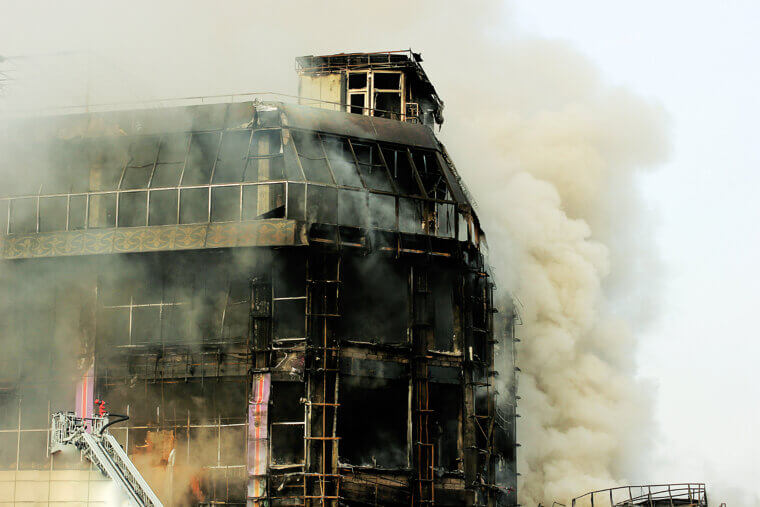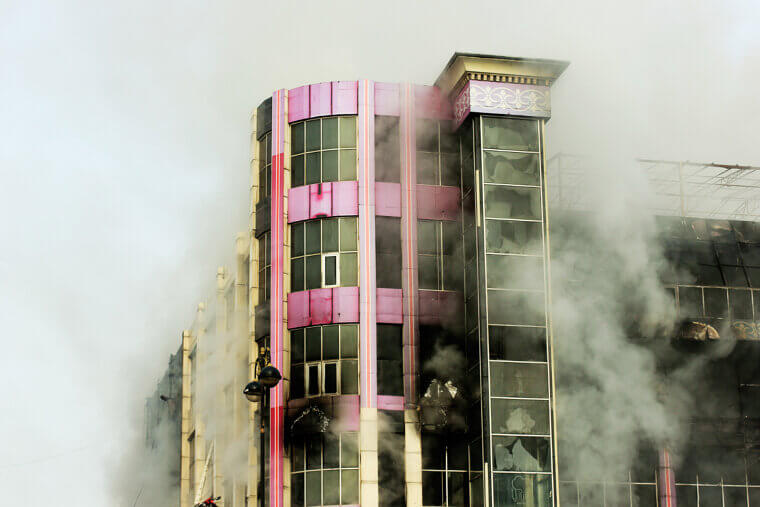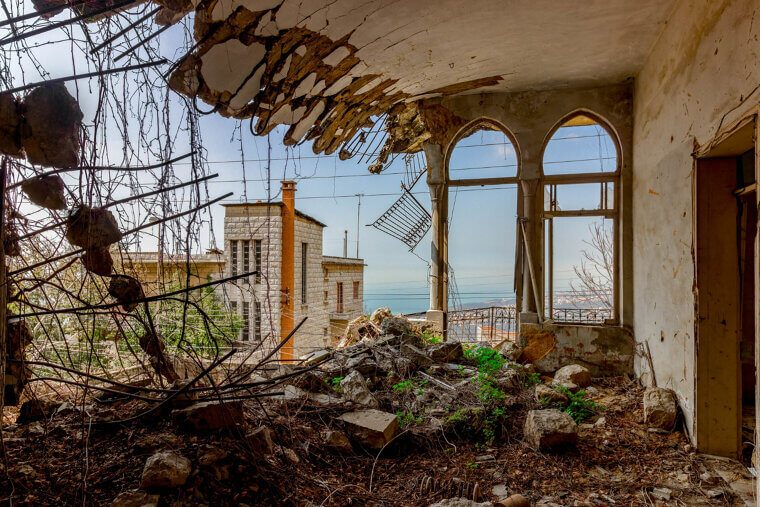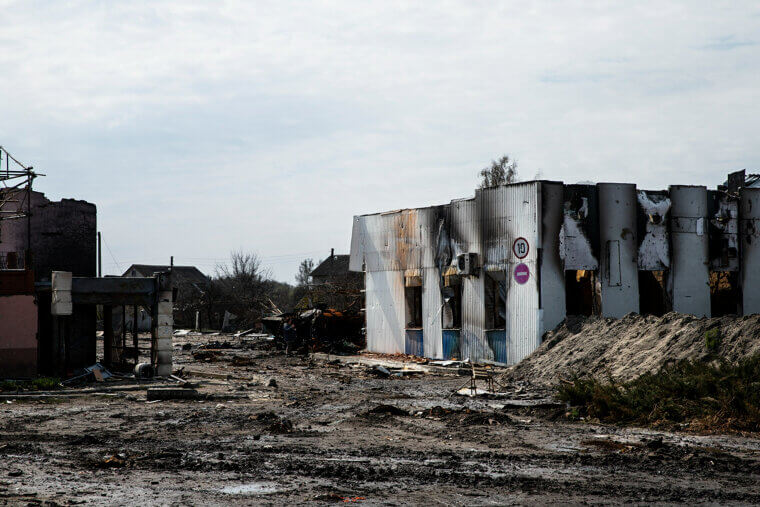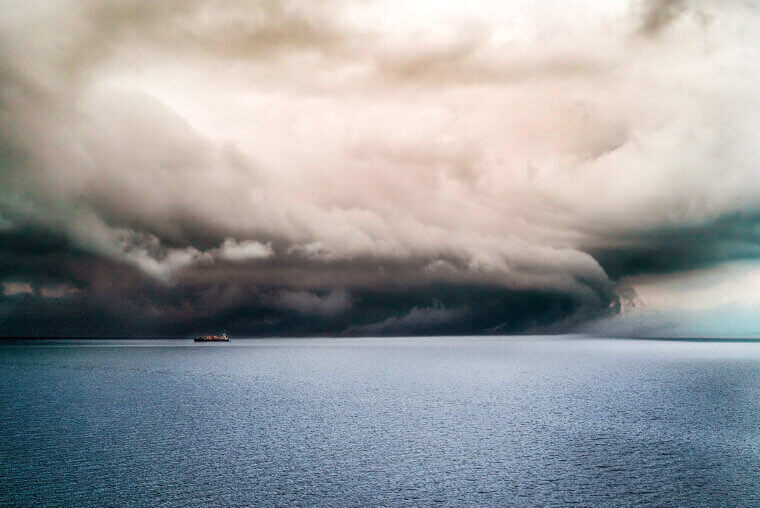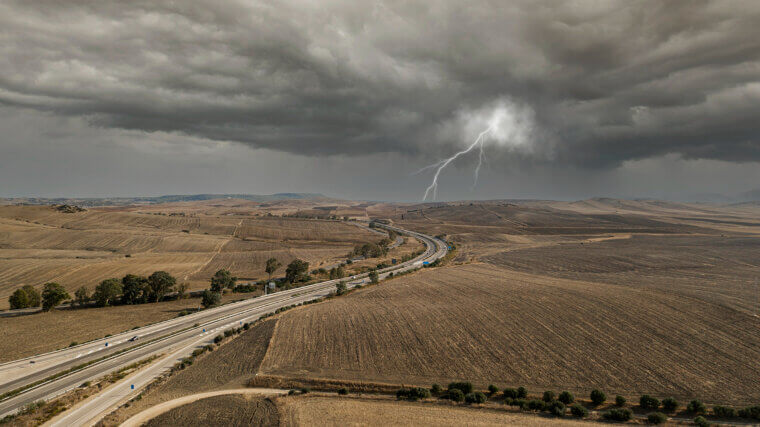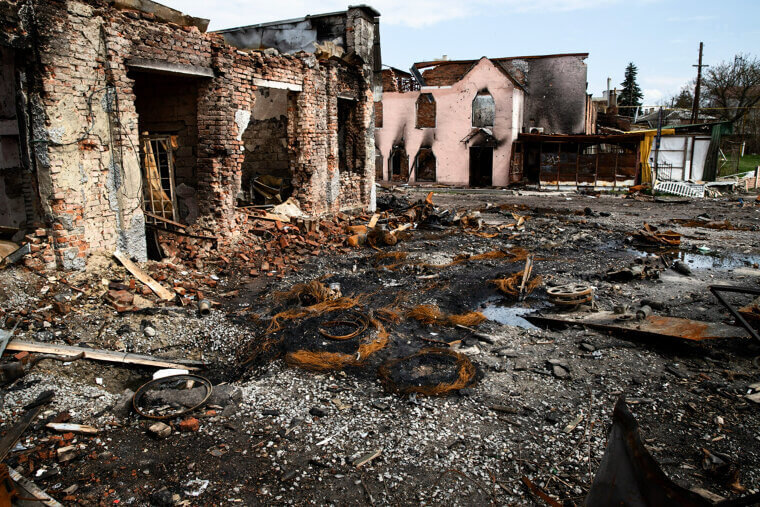The Great Fire (1666)
A three-day blaze leveled London’s medieval core, but the rebuild didn’t just replace char with charm. Surveyors straightened alleys into wider streets that doubled as firebreaks, and timber gave way to brick and stone by rule, not suggestion. Special courts cleared property disputes at speed, keeping hammers moving. Early building requirements on party walls and roof materials became proto codes. Insurance markets and organized fire brigades flourished, while coffeehouses multiplied. Look for The Monument, Wren’s St. Paul’s, and an airier grid. Lesson learned: act fast, codify safety, rebuild smarter together.
The Great Fire (1871)
A wind-driven inferno erased three square miles, but Chicago rebuilt as if aiming for the clouds. Fire codes tightened dramatically; wood retreated behind brick, stone, and soon fireproof terracotta. Steel-frame construction and safe elevators turned ambition into the first true skyscrapers, packing people upward instead of outward. City leaders doubled down on transit and the lakefront, while design competitions and world’s fairs fed a swaggering civic identity. Today, the Loop skyline and riverwalk showcase that best. Practical moral: pair strict safety rules with incentives to invent, and growth follows, vertically and profitably.
Earthquake, Tsunami & Fire (1755)
On a solemn holiday, Lisbon was rocked by a massive quake, then swamped and burned; three disasters in one day. Rebuilding went rational: the Baixa district gained a clear grid, broad boulevards, and standardized, modular buildings that could rise quickly. Inside many walls hid the Pombaline cage, a timber lattice designed to flex during tremors. Officials even staged early seismic tests, birthing modern codes. Enlightenment thinking replaced superstition, still reshaping urbanism across Europe. Visit Praça do Comércio and the beautifully purposeful façades. Moral: standardization can be speedy, graceful, and genuinely lifesaving.
Great Kantō Earthquake (1923)
A devastating quake struck the Kantō region in 1923, and fire did the rest, leaving Tokyo and Yokohama reeling. Reconstruction carved wide boulevards and parks that doubled as firebreaks and refuge areas, while reinforced concrete and stricter structural standards became the default. New planning laws organized utilities and growth instead of letting chaos return. Seismology advanced, building labs multiplied, and drills turned preparedness into culture. Look for linear parks, orderly grids, and emergency storehouses that moonlight as community amenities. Takeaway: open space and street width are life-safety infrastructure, not decoration.
The 1900 Hurricane
America’s deadliest hurricane flattened Galveston, but the comeback was audacious. Engineers built a seawall along the Gulf, then literally lifted the city; houses jacked up, sand pumped in, streets and utilities raised to match. That mix of coastal defense and geotechnics protected what couldn’t move. Civic reforms kept projects fast and money flowing. Dreams of being the dominant Gulf port softened into a resilient blend of tourism, research, and heritage. Walk the seawall promenade and higher blocks to see the strategy. Rule of thumb: if you can’t retreat, elevate and maintain.
Hurricane Katrina (2005)
When levees failed during Katrina, storm surge turned neighborhoods into lakes and scattered families across states. Recovery scaled up protection with levees, floodwalls, and pump stations, and scaled down risk with rain gardens, detention basins, and permeable streets. Some areas were elevated or bought out; cultural corridors helped residents return to more than just a house, a community. Science pushed systems thinking, tying gray structures to wetland restoration that blunts the surge. Today, Gentilly projects, higher homes, and reworked canals show the pivot. A guiding idea: don’t resist water; store it, slow it, and live with it.
Earthquake Sequence (2010–2011)
A damaging quake sequence, including a shallow jolt, shattered Christchurch and liquefied suburbs into silt. Rebuilding began with a CBD red zone to clear hazards and plan deliberately, then moved to anchor projects: a compact core, civic hubs, and riverfront parks. Transitional moves kept life downtown, pop-ups, art installations, and even a cardboard cathedral. Engineers advanced base isolation and performance-based design, while detailed liquefaction maps reset land use. Today, the Ōtākaro/Avon corridor forms a green resilience spine beside lighter, stronger buildings. Playbook note: prototype with temporary, learn fast, then build the keepers.

